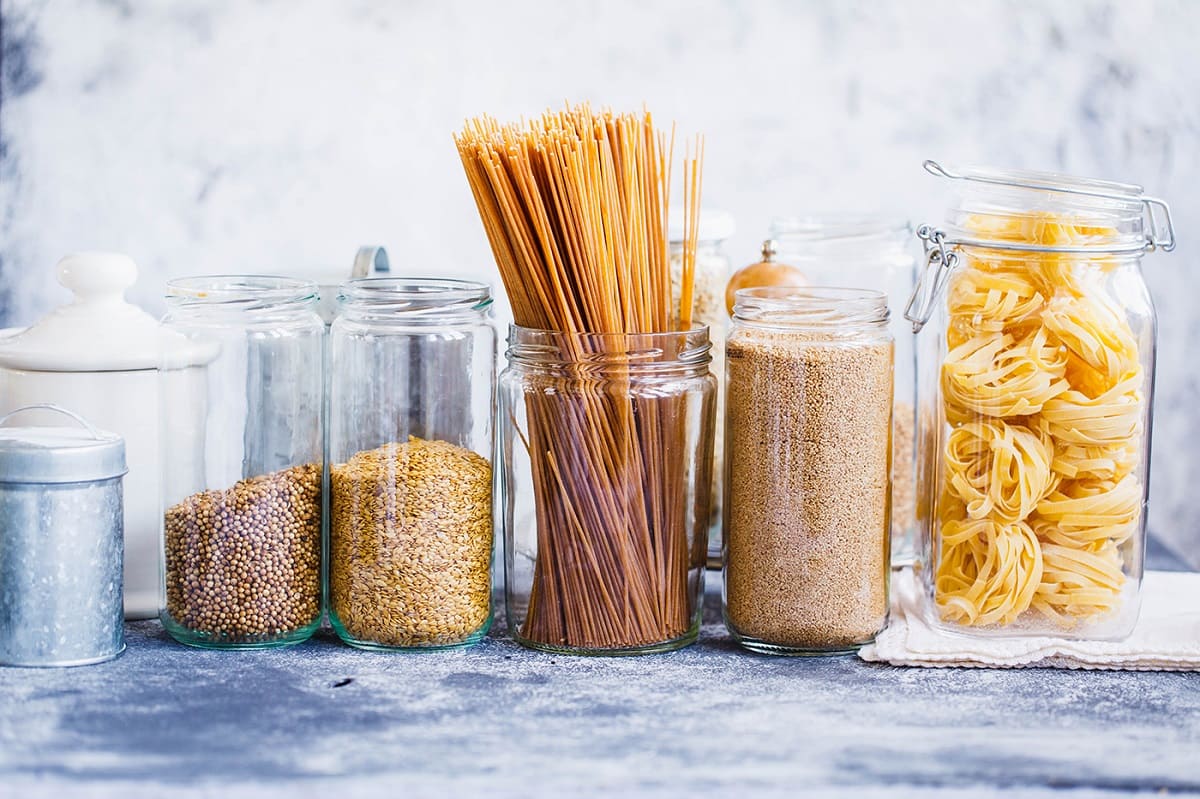

Articles
How To Store Dry Goods
Modified: December 7, 2023
Learn how to properly store dry goods in this informative article. Discover the best tips and techniques for maximizing freshness and longevity.
(Many of the links in this article redirect to a specific reviewed product. Your purchase of these products through affiliate links helps to generate commission for Storables.com, at no extra cost. Learn more)
Introduction
Welcome to the world of dry goods storage! Whether you are a seasoned chef, a meal prepper, or simply trying to keep your pantry organized, learning how to properly store dry goods is essential. From staples like rice, flour, and beans to various spices and grains, dry goods are a pantry must-have for any household.
Proper storage of dry goods not only helps to preserve their freshness and flavor but also minimizes food waste and saves you money in the long run. In this article, we will explore the key steps to store dry goods effectively and maintain their quality over time.
Let’s dive in and discover the secrets to keeping your dry goods in top condition!
Key Takeaways:
- Properly storing dry goods is crucial for maintaining freshness, flavor, and nutritional value. From choosing the right containers to implementing pest control measures, attention to detail ensures your pantry is well-organized and your ingredients are easily accessible.
- By following simple practices like using airtight containers, labeling items, and rotating stock, you can reduce food waste and save money. With a well-organized pantry and proper storage techniques, your dry goods will always be at their best when it’s time to cook or bake.
Read more: How To Store Dry Goods Long Term
Choosing the Right Storage Containers
When it comes to storing dry goods, selecting the right storage containers is crucial. The containers you choose should be airtight, durable, and made of materials that keep food safe from moisture, pests, and sunlight.
Glass containers with tight-fitting lids are highly recommended for storing dry goods. Glass is non-porous, which means it won’t absorb odors or flavors from the foods inside. It also allows you to see the contents easily, making it convenient to identify what you have on hand.
Plastic containers are also a popular choice for dry goods storage. Look for containers made from BPA-free materials to ensure food safety. Make sure the lids fit securely and have a good seal to prevent air and moisture from entering.
Metal containers, such as stainless steel, can also be used to store dry goods. They are durable and offer an added layer of protection against pests. However, keep in mind that metal containers can be opaque, so labeling the contents is essential.
Additionally, consider the size of the container when making your selection. Opt for containers that are the right size for the amount of dry goods you plan to store. This helps to minimize air exposure and maintain freshness.
By choosing the right storage containers, you are laying the foundation for successful dry goods storage, ensuring that your ingredients stay fresh and accessible for an extended period.
Clearing and Cleaning Containers Before Use
Before storing your dry goods in containers, it is important to clear and clean them thoroughly. This step ensures that there are no lingering odors, residue, or potential contaminants that could compromise the quality and safety of your stored items.
Start by emptying the container and discarding any old or expired dry goods. Check for signs of pests or any visible damage on the container that could affect its ability to provide a proper seal.
Next, wash the container with warm soapy water. Use a mild dish detergent and a non-abrasive sponge or cloth to clean both the interior and exterior of the container. Pay attention to any areas that may have food particles or sticky residue.
Rinse the container thoroughly with clean water to remove any soap residue. It’s important to ensure that no soap is left behind as it can transfer unwanted flavors to your dry goods.
After rinsing, allow the container to air dry completely before placing the dry goods inside. This helps to prevent moisture buildup, which could lead to spoilage or the growth of mold.
If you are using glass or metal containers, you can also sanitize them by placing them in boiling water for a few minutes. This additional step helps to eliminate any bacteria or germs that may be present.
By taking the time to clear and clean your storage containers before use, you are creating a hygienic environment for your dry goods. This ensures that they remain fresh and safe for consumption throughout their storage period.
Properly Labeling Dry Goods
Labeling your dry goods is an essential step in maintaining an organized pantry and ensuring that you can easily identify the contents of each container. Clear and accurate labeling allows for efficient meal planning and prevents confusion or waste.
When labeling your containers, there are a few key pieces of information to include:
- Product name: Write the name of the dry good, such as rice, flour, sugar, or spices. Be specific if necessary, such as indicating the type of rice or the variety of spices.
- Date of purchase: Note down the date when you purchased or opened the dry goods. This helps you keep track of their age and freshness.
- Expiration date: If applicable, write down the expiration date of the dry goods. This is particularly important for items like baking powder or yeast, which lose their potency over time.
- Storage instructions: Include any specific instructions for storing the dry goods, such as “store in a cool, dry place” or “refrigerate after opening.”
You can use waterproof labels or adhesive tape to create your labels. Alternatively, you can use a label maker or simply write directly on the container using a permanent marker. Make sure the labels are clear and easy to read.
Another useful labeling tip is to consider color-coding your containers. Assigning a specific color to each category of dry goods (e.g., blue for grains, green for spices) can make it even easier to locate what you need at a glance.
Properly labeled containers not only keep your pantry organized, but they also help you make informed decisions about which dry goods to use first based on their age and expiration dates. This reduces food waste and ensures that you use your ingredients before they lose their freshness and flavor.
Storing Dry Goods in a Cool and Dry Place
One of the fundamental principles of proper dry goods storage is keeping them in a cool and dry environment. Heat, humidity, and exposure to sunlight can accelerate the deterioration and spoilage of dry goods, diminishing their quality and taste.
When selecting a storage location for your dry goods, choose a cool area in your pantry or kitchen. Avoid placing them near heat sources, such as stoves or ovens, which can elevate the temperature and compromise the freshness of the items.
Avoid areas that are prone to moisture, such as near sinks or windows. Moisture can lead to the growth of mold or bacteria, which can spoil the dry goods. Aim for a dry environment with a relative humidity level below 50%.
Furthermore, exposure to sunlight can cause the flavors and colors of dry goods to deteriorate. Ensure that the storage area is shielded from direct sunlight or opt for opaque containers that block out light.
Consider investing in airtight containers with a sealing mechanism to keep your dry goods fresh. Air-tight containers prevent the entry of oxygen, which can lead to spoilage and loss of flavor. They also help to keep out pests and insects.
In addition to the storage location, it’s important to avoid overcrowding the storage shelves or containers. Overcrowding can impede air circulation and make it difficult to locate specific items. Leave sufficient space for ventilation and easy access to your dry goods.
By storing your dry goods in a cool and dry place, you are creating an optimal environment for preserving their flavor, texture, and quality. This ensures that your ingredients are always at their best when you need them, whether it’s for a cozy homemade meal or baking extravaganza.
Read more: How To Store Baked Goods
Avoiding Exposure to Moisture and Sunlight
Moisture and sunlight are two common enemies of dry goods storage. They can cause spoilage, loss of freshness, and even the growth of mold or bacteria. To ensure the longevity and quality of your dry goods, it’s crucial to take precautions to avoid exposure to moisture and sunlight.
First and foremost, store your dry goods in airtight containers. These containers create a barrier that prevents moisture from entering and coming into contact with the dry goods. Opt for containers with tight-fitting lids that create a secure seal, keeping out moisture and air.
In addition to airtight containers, consider adding desiccant packets to absorb any residual moisture. These small packets, often found in packaged products or purchased separately, contain substances like silica gel that help to reduce humidity and prevent moisture buildup.
Another way to protect your dry goods from moisture is to use moisture absorbers. These absorbers, often in the form of sachets or canisters, work by drawing moisture from the surrounding environment, helping to keep the dry goods dry and fresh.
To prevent sunlight exposure, store your dry goods in a dark or opaque container. Sunlight can degrade the quality and accelerate spoilage of dry goods. It’s important to keep containers away from windows or other sources of direct sunlight.
If your pantry or storage area has windows, consider using curtains or blinds to block out sunlight. This simple step can go a long way in preserving the flavors, colors, and nutritional value of your dry goods.
Additionally, make sure that your storage area is free from any leaks or dampness. Check for any signs of water damage or leaks in the ceiling or walls and address them promptly. Keeping the storage area dry and well-maintained further protects your dry goods from moisture exposure.
By taking measures to avoid exposure to moisture and sunlight, you can extend the shelf life of your dry goods and maintain their quality and flavor for a longer period. This ensures that your ingredients are always ready to enhance your culinary creations without compromising on taste or freshness.
Store dry goods in airtight containers to prevent moisture and pests from spoiling the food. Label containers with the expiration date for easy rotation.
Using Airtight Containers for Maximum Freshness
When it comes to preserving the freshness of your dry goods, using airtight containers is key. Airtight containers create a protective barrier against air, moisture, and pests, helping to extend the shelf life and maintain the quality of your stored items.
Airtight containers are designed to prevent the entry of oxygen, which can lead to oxidation and spoilage of dry goods. Oxygen exposure can cause flavors to break down, textures to change, and nutrients to degrade. By keeping out air, airtight containers help to maintain the original taste, texture, and nutritional value of your ingredients.
These containers also play a crucial role in preventing moisture from infiltrating your dry goods. Moisture can lead to the growth of mold, bacteria, and spoilage. By creating a seal that blocks out moisture, airtight containers keep your dry goods fresh and safe for consumption for a longer period.
In addition to preserving freshness, airtight containers also provide protection against pests. Insects and rodents are attracted to food, especially when it’s easily accessible. Airtight containers help to create a barrier that keeps pests out, ensuring that your dry goods remain uncontaminated and free from unwanted visitors.
When using airtight containers, it’s important to ensure a proper seal. Check that the lids fit securely and tightly. Some containers even come with a locking mechanism to provide an extra layer of security.
Transparent or labeled airtight containers offer the added benefit of easy organization and identification. Clear containers allow you to see the contents at a glance, eliminating the need to open multiple containers to find what you need. Labeled containers make it even more convenient, especially for those with a large variety of dry goods.
Remember to close the containers tightly after each use to maintain the airtight seal. This simple habit helps to ensure the maximum freshness and longevity of your dry goods.
Using airtight containers for your dry goods storage is a reliable strategy to keep your ingredients fresh and preserve their quality. By protecting them from oxygen, moisture, and pests, you can enjoy the full flavors and nutritional benefits of your dry goods for an extended period.
Organizing and Arranging Dry Goods in Storage
Proper organization and arrangement of your dry goods can make a significant difference in the efficiency and functionality of your pantry or storage area. By establishing an organized system, you’ll save time, reduce food waste, and easily locate the ingredients you need. Here are some tips for organizing and arranging your dry goods:
- Categorize by type: Group similar dry goods together, such as grains, legumes, spices, baking supplies, and snacks. This categorization makes it easier to find specific items and helps you keep track of your stock.
- Utilize shelving or containers: Use shelves or containers to separate and store different categories of dry goods. This can be achieved with the help of open shelves, adjustable shelves, or stackable containers. Consider using clear containers to easily identify the contents.
- Use vertical space: Maximize the use of vertical space in your pantry by utilizing shelves or hanging organizers. This allows you to store more items and optimize the available space.
- Arrange in order of expiration: Place dry goods with closer expiration dates towards the front of the storage area. This ensures that you use them before they expire and minimizes food waste.
- Label shelves or containers: Labeling shelves or containers can further enhance organization. This helps you maintain consistency and keeps everyone in the household informed about where items should be stored.
- Consider accessibility: Keep frequently used dry goods within easy reach. Place them at eye level or in a designated area near your cooking or baking area. This saves time and minimizes the risk of knocking over other items while searching for specific ingredients.
Regularly assess the organization and arrangement of your dry goods storage. As you use and restock items, make adjustments to maintain order and prevent clutter from accumulating. Taking a few minutes to tidy up after grocery shopping or meal preparation will go a long way in maintaining an organized and functional storage space.
By organizing and arranging your dry goods thoughtfully, you’ll reduce frustration, save time, and ensure that your ingredients are readily accessible. This promotes efficient meal planning and preparation, making your culinary journey a breeze.
Checking and Rotating Dry Goods for Freshness
Regularly checking and rotating your dry goods is a crucial practice to ensure that you use them at their peak freshness. Over time, dry goods can lose their flavor, texture, and nutritional value, so it’s essential to stay vigilant and maintain a system for monitoring their freshness.
Here are some steps to help you check and rotate your dry goods effectively:
- Check expiration dates: Take a moment to check the expiration dates on your dry goods. This is especially important for items like spices, baking ingredients, and packaged foods. Remove any items that have expired or are close to expiration.
- Inspect for signs of spoilage: Even if a dry good hasn’t reached its expiration date, it’s essential to inspect it for signs of spoilage. Look for any changes in color, texture, or smell. Discard any items that show signs of mold, insect infestation, or rancidity.
- Practice first-in, first-out (FIFO): When storing new dry goods, place them behind the older ones to ensure that you use the oldest items first. This practice prevents items from getting forgotten or becoming expired as newer purchases are used.
- Rotate pantry items during grocery shopping: When you bring home new dry goods, take the opportunity to rearrange your pantry or storage area. Bring forward the older items and place the newer ones towards the back. This helps to maintain the freshness of your stock.
- Consider using storage containers with visible contents: Transparent containers or jars allow you to easily see the contents and identify items that need to be used soon. This visual reminder can prompt you to incorporate specific ingredients into your meals before they expire.
- Use a marker or label to note the purchase date: If your dry goods don’t have expiration dates, use a marker or label to note the date of purchase or the date you opened the packaging. This way, you can keep track of how long the item has been in your pantry.
By regularly checking and rotating your dry goods, you ensure that you’re using them at their best quality. This practice minimizes food waste and allows you to fully enjoy the flavors and nutritional benefits of your ingredients.
Remember, when in doubt, it’s better to be safe than sorry. If you have any concerns about the freshness or safety of a dry good, it’s best to err on the side of caution and discard it.
By incorporating these simple steps into your routine, you’ll maintain a well-managed pantry and maximize the value of your dry goods.
Pest Control and Prevention Measures
Pests can be a troublesome issue when it comes to storing dry goods. Insects, rodents, and other critters are attracted to food sources and can quickly infest your pantry if proper pest control and prevention measures aren’t in place. Here are some effective strategies to keep pests at bay:
- Store in airtight containers: As mentioned earlier, using airtight containers is key for preserving the freshness of your dry goods. It also acts as a barrier against pests, preventing them from accessing the food. Ensure that containers have a tight seal and are made of materials that pests cannot chew through.
- Regularly clean the storage area: Keeping your pantry or storage area clean and free of crumbs, spills, and food debris is essential for pest prevention. Regularly wipe down shelves, vacuum or sweep the area, and promptly clean up any spills or crumbs to eliminate potential food sources for pests.
- Inspect groceries before bringing them inside: Before bringing any new groceries into your home, take a moment to inspect the packaging. Look for signs of pests or damage, such as tiny holes, gnaw marks, or webs. Pests can often hitch a ride into your pantry through infested items, so it’s important to be vigilant.
- Keep food storage areas dry: Most pests thrive in moist environments. By ensuring that your pantry or storage area is dry and well-ventilated, you create an inhospitable environment for pests. Use moisture-absorbing packets or desiccants to keep humidity at bay.
- Monitor for signs of pests: Regularly inspect your stored dry goods for signs of pest activity. Look for chewed packaging, holes in flour bags, droppings, or evidence of nesting. If you spot any signs of pests, take immediate action to eradicate the infestation.
- Consider natural pest deterrents: There are various natural remedies that can help keep pests away from your pantry. Consider using cedar blocks, bay leaves, or sachets filled with dried lavender or cloves, as these scents are known to repel pests.
- Consult a professional pest control service: If you have a severe pest infestation that you can’t handle on your own or want to take preemptive measures, it’s best to consult a professional pest control service. They can assess the situation and provide effective solutions tailored to your specific needs.
By implementing these pest control and prevention measures, you can maintain a pest-free pantry and protect your dry goods from contamination. Regular diligence and a proactive approach are key to keeping pests at bay and preserving the quality of your stored ingredients.
Tips for Long-Term Storage of Dry Goods
Long-term storage of dry goods requires special attention to ensure that your ingredients remain fresh, flavorful, and safe for extended periods. Whether you are stocking up for emergencies or preserving seasonal harvests, here are some helpful tips for long-term storage:
- Choose the right packaging: When storing dry goods for the long term, opt for packaging that provides an extra layer of protection. Look for heavy-duty plastic bags or mylar bags that have airtight seals. Consider using food-grade buckets with gamma lids for larger quantities of items like grains or legumes.
- Include moisture absorbers: To maintain optimal dryness, add moisture absorbers to your long-term storage containers. These small packets help to eliminate any residual moisture, preventing spoilage or the growth of mold.
- Consider oxygen absorbers for certain items: For items like grains, beans, or flour with a higher oil content, utilizing oxygen absorbers can help extend their shelf life by removing oxygen from the container. This reduces the risk of oxidation and rancidity.
- Store in a cool and dark environment: As with regular dry goods storage, it’s crucial to keep long-term storage containers in a cool and dark location. Heat and light can degrade the quality and shorten the shelf life of dry goods, so choose a stable temperature area in your home or consider a climate-controlled storage space.
- Monitor and rotate stock: Even for long-term storage, it’s essential to regularly monitor your stock and rotate items. Check for any signs of pest infestation, mold growth, or packaging damage. Rotate items by using the oldest ones first and replenishing your supply to maintain freshness.
- Label and track storage dates: Clearly label each container with the date of storage to keep track of how long the items have been stored. This helps you prioritize their consumption based on expiration dates and ensures you stay aware of which items need to be replenished.
- Consider temperature and humidity levels: If you live in an area prone to high humidity, you may want to invest in moisture-proof storage containers or use moisture absorbers to combat any excess moisture that can compromise the quality of your long-term stored items.
- Regularly clean storage space: Keep your long-term storage area clean and free from dust and debris. Regularly wipe down shelves or containers to remove any buildup that can attract pests or affect the quality of the stored dry goods.
By following these tips, you can ensure that your long-term stored dry goods remain fresh, flavorful, and safe for consumption for an extended period. Proper packaging, careful monitoring, and a suitable storage environment are key to preserving the quality of your ingredients and minimizing food waste.
Conclusion
Properly storing dry goods is essential for maintaining their freshness, flavor, and nutritional value. With the right storage containers, diligent cleaning, careful labeling, and appropriate organization, you can ensure that your pantry is well-organized and your dry goods are easily accessible. Avoiding exposure to moisture and sunlight, using airtight containers, and regularly checking for freshness are all important practices to follow.
Remember to keep your storage area cool, dry, and free from pests by implementing effective pest control and prevention measures. By taking the time to inspect, rotate, and monitor your dry goods, you can reduce food waste and save money in the long run.
Whether you’re storing dry goods for short-term use or long-term storage, following these tips will help you maintain the quality and freshness of your ingredients. With a well-organized pantry and a focus on proper storage techniques, you can ensure that your dry goods are always at their best when it comes time to cook, bake, or prepare a meal.
So, take the time to stock up on high-quality storage containers, create a labeling system, and establish a routine for checking expiration dates and freshness. Your future self will thank you for the time and effort you invested in properly storing your dry goods!
Frequently Asked Questions about How To Store Dry Goods
Was this page helpful?
At Storables.com, we guarantee accurate and reliable information. Our content, validated by Expert Board Contributors, is crafted following stringent Editorial Policies. We're committed to providing you with well-researched, expert-backed insights for all your informational needs.



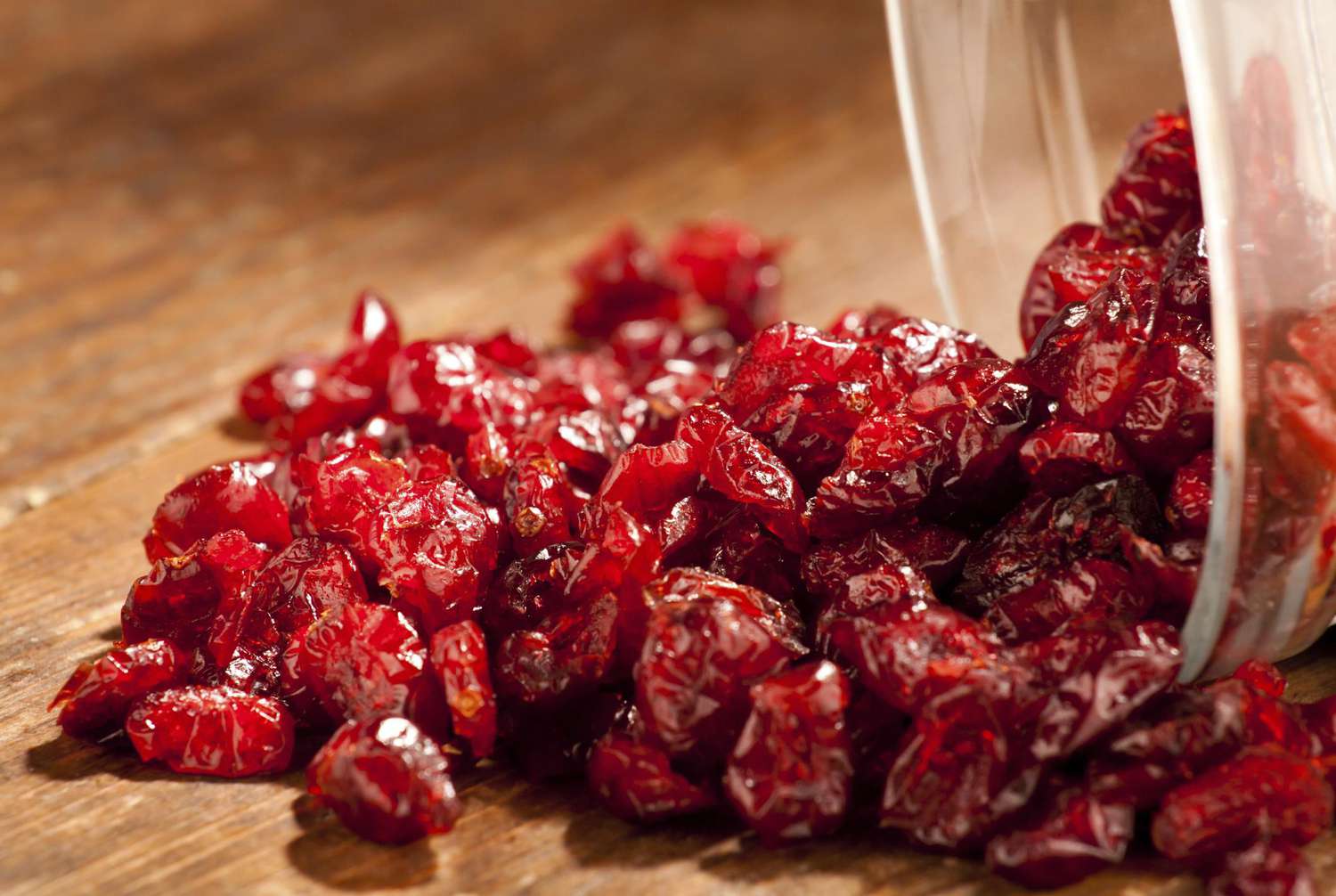
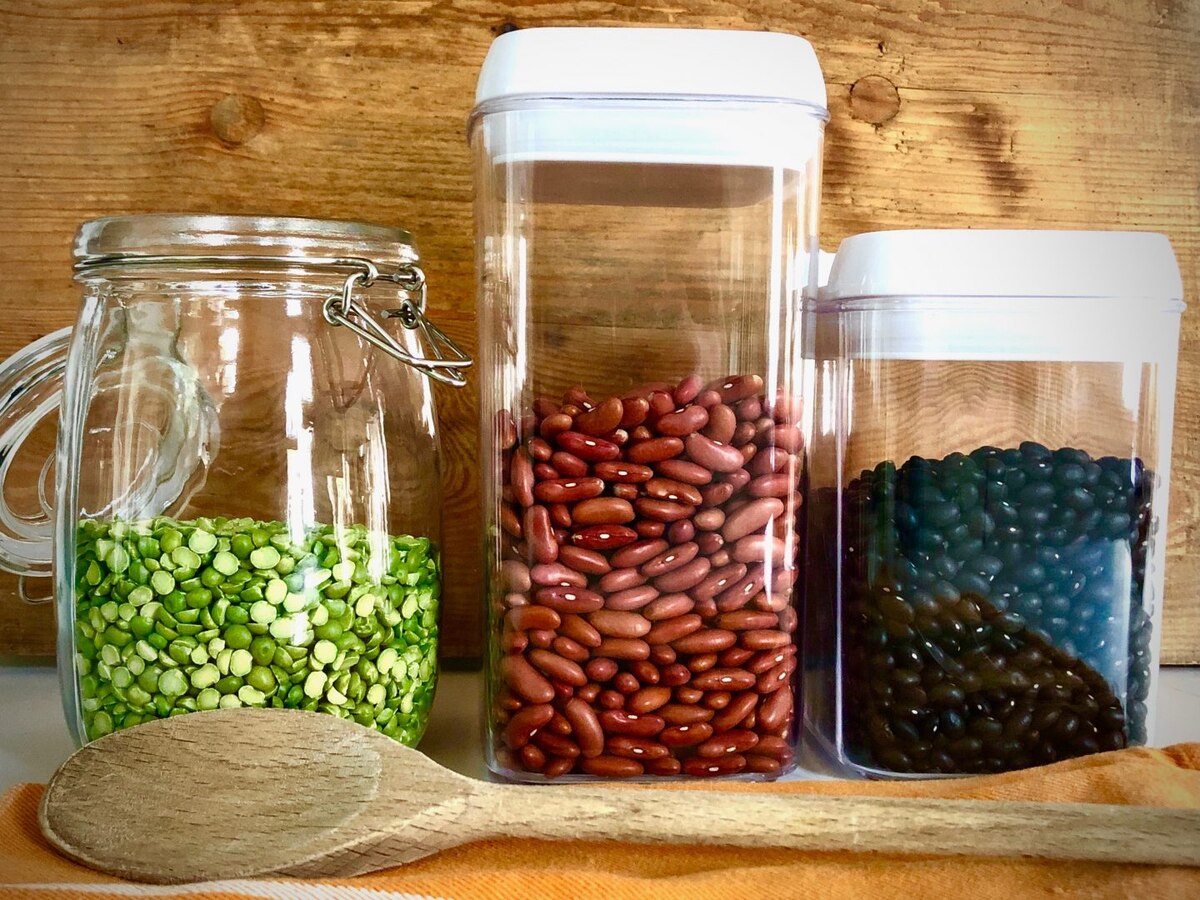

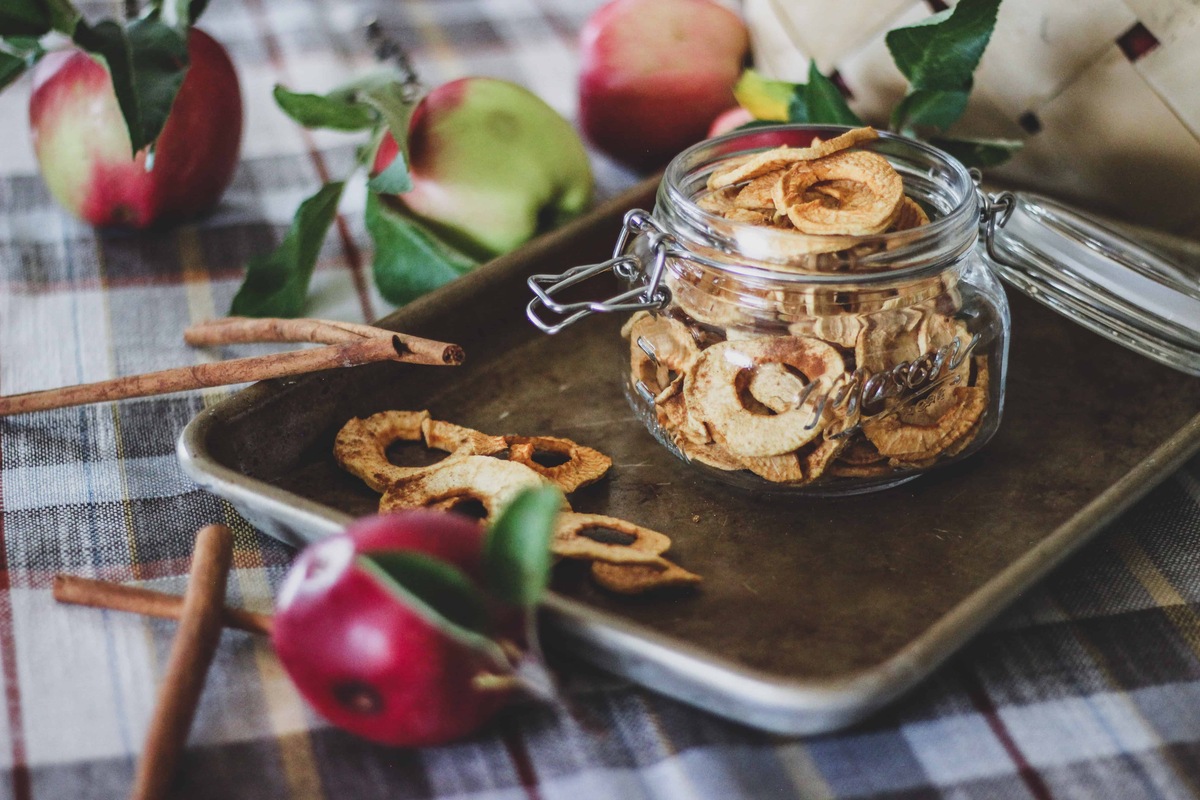
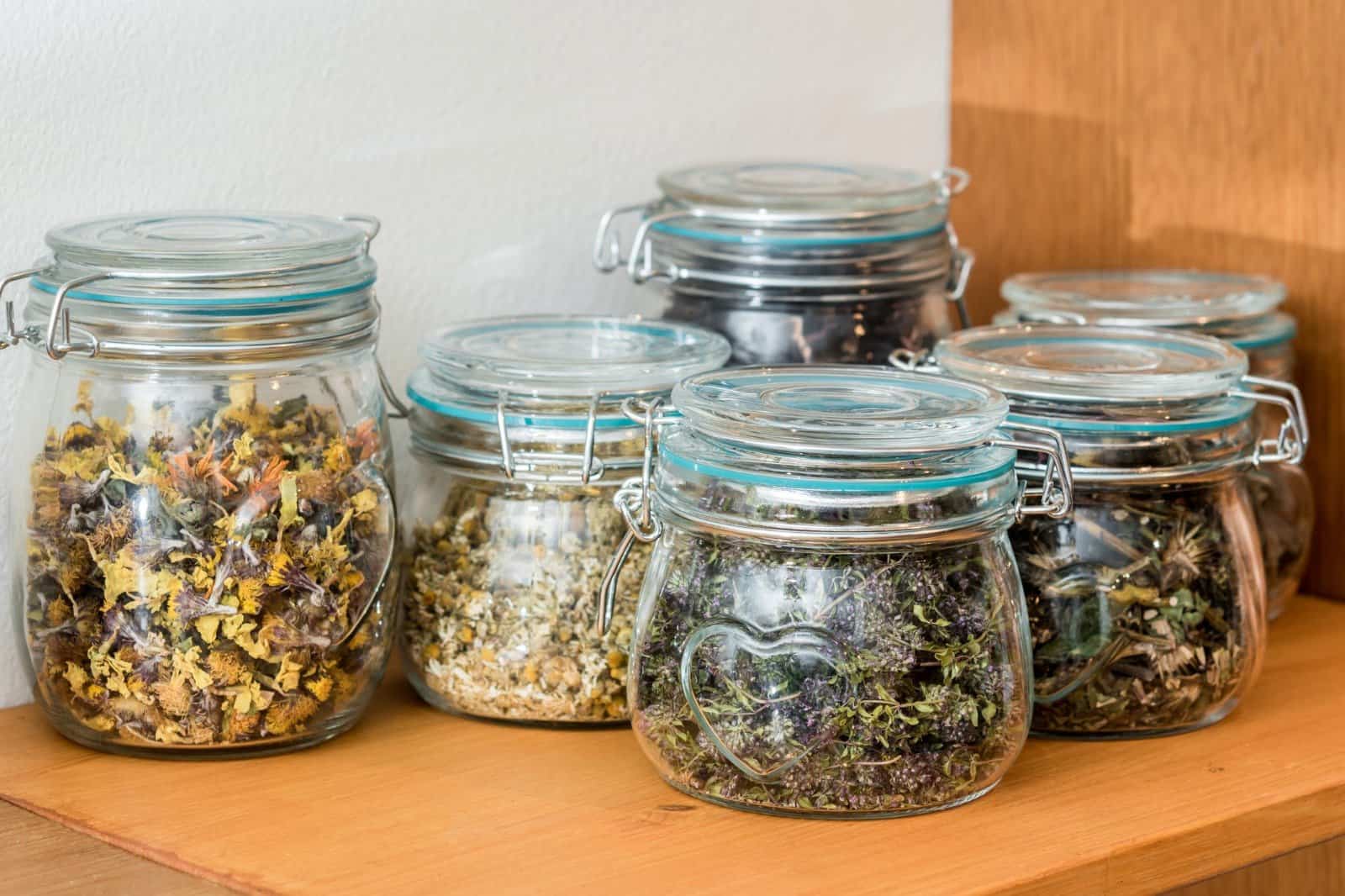

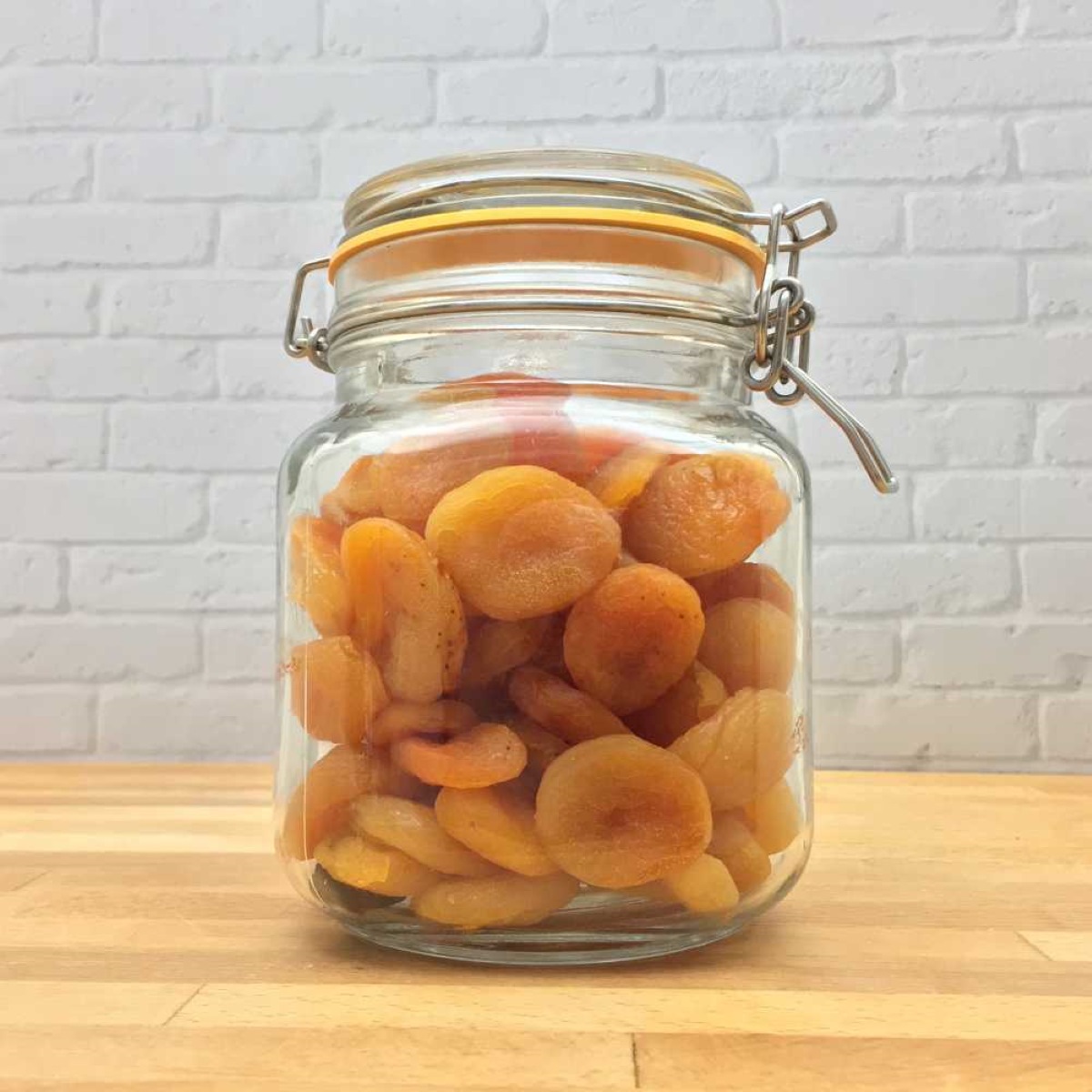
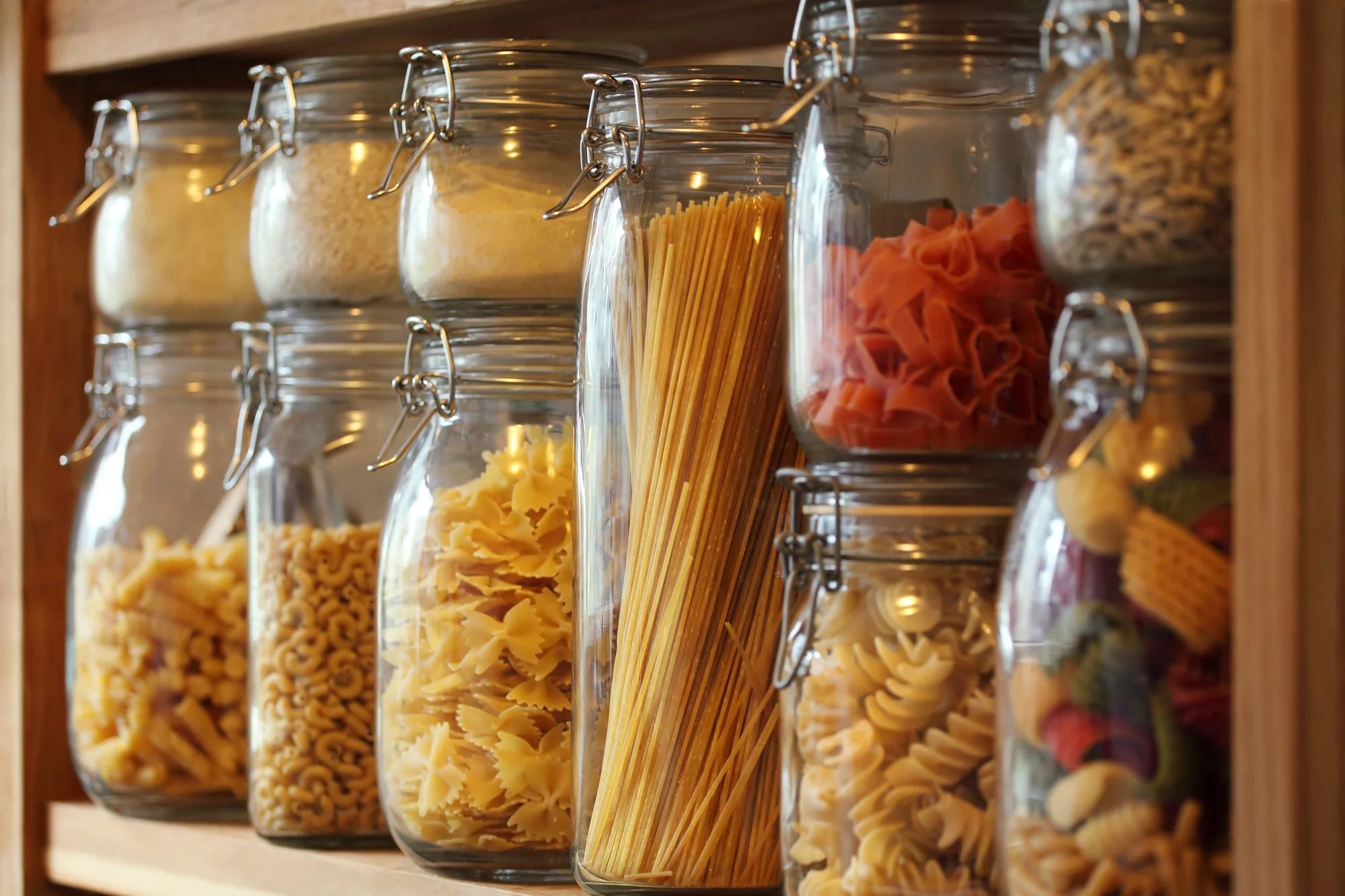
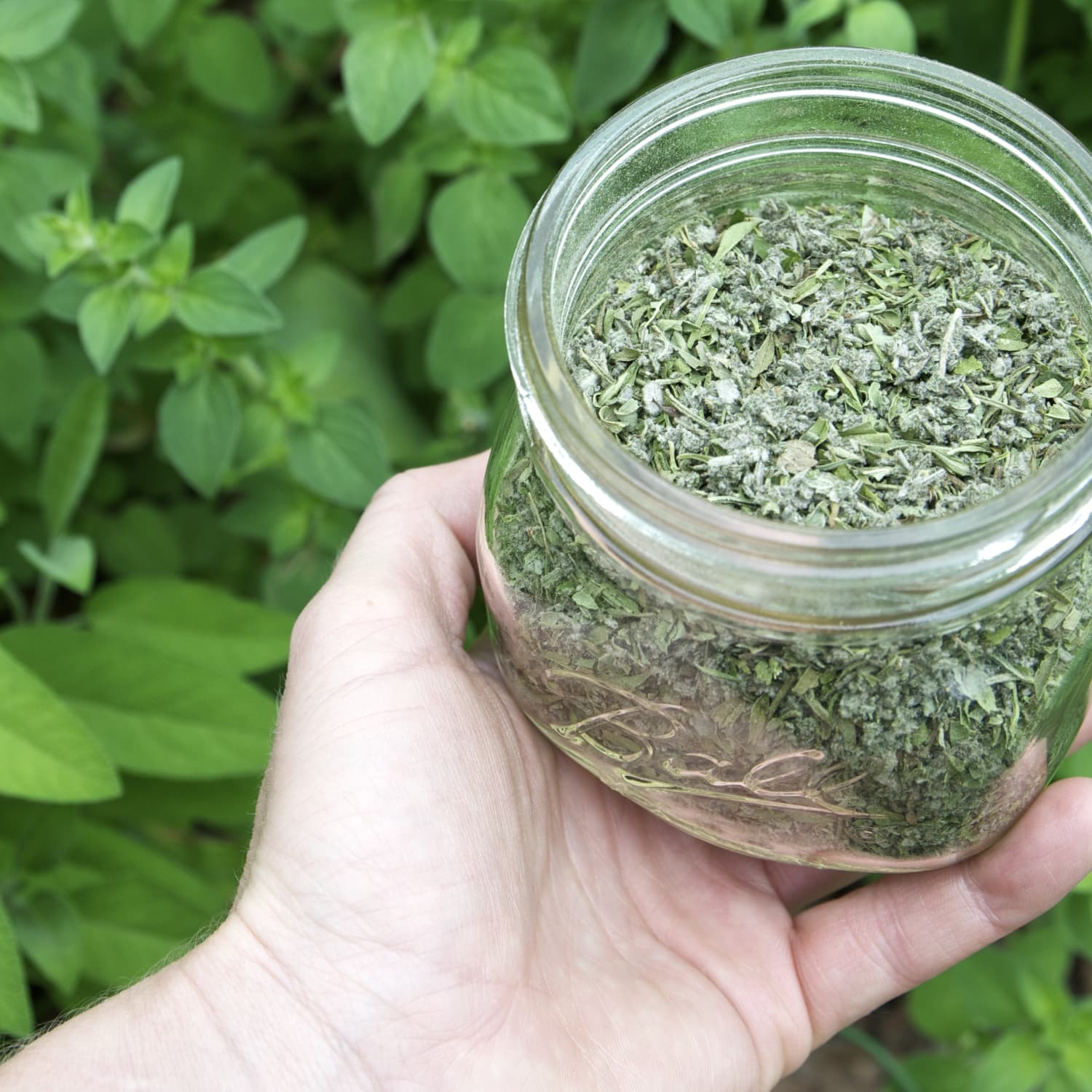
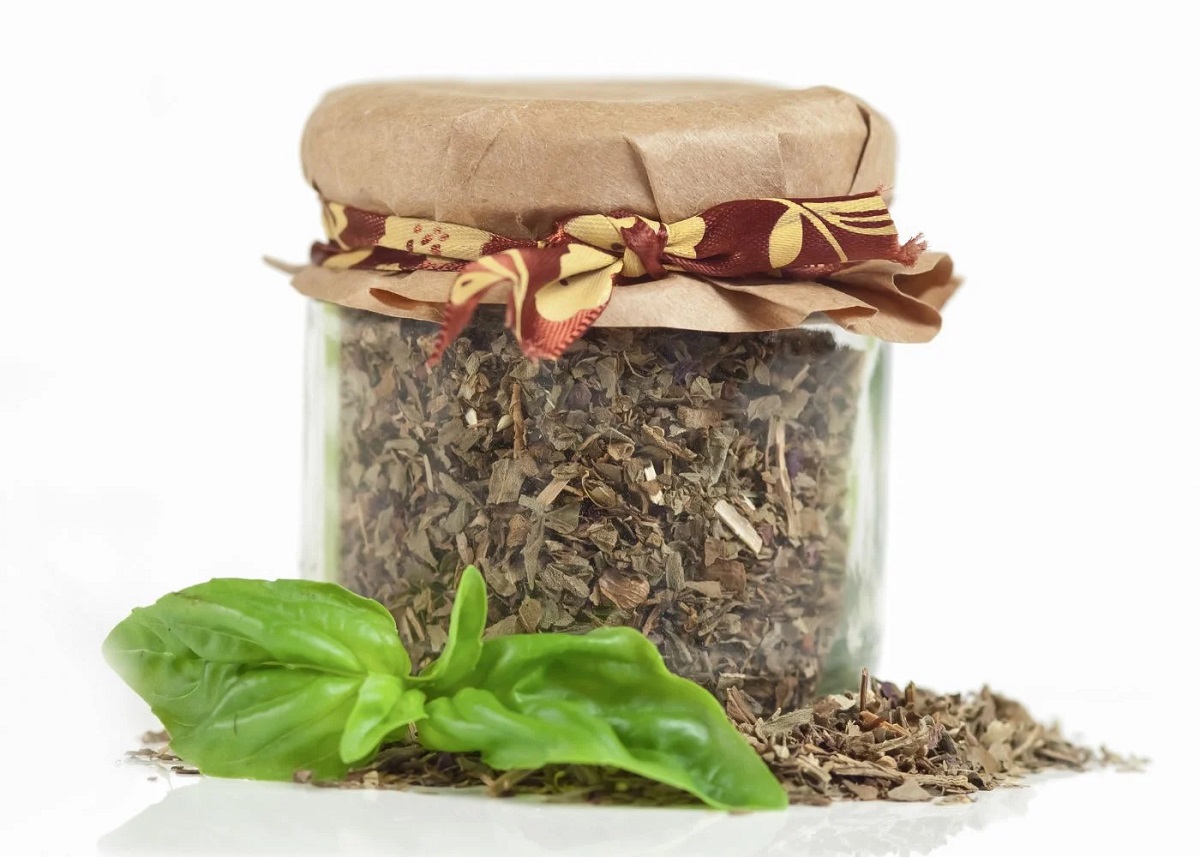

0 thoughts on “How To Store Dry Goods”